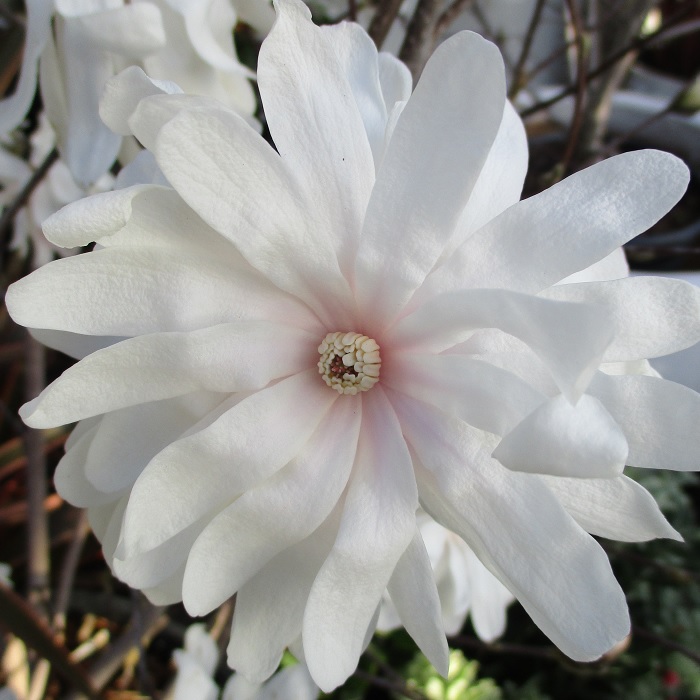UNITED STATES—They are weeds for a reason. They grow like . . . well, weeds! By definition, they are unwanted. Yet, they typically proliferate and grow faster than desirable plants. They aggressively compete for space, sunlight and resources. Many weeds start to grow through winter, and get established while other seedlings are just beginning to germinate, or other plants are just waking from dormancy.
Besides staying ahead of other plants, weeds stay ahead of us by growing so much while the wintry weather keeps us inside. Many weeds are really just trying to stay ahead of insects or animals that eat them in the wild. Since almost all weeds are exotic (nonnative) and far from their natural homes, the insects or animals that should eat them are not here to do so. It is an unfair advantage.
Now that the weather is more conducive to gardening, weeds should be pulled as soon as they are big enough to get a grip on. This includes tree, shrub and big perennial weeds like blue gum eucalyptus, Acacia dealbata, coast live oak, glossy privet and giant reed. If simply cut down, they will regenerate even stronger, and will probably need to be dug out. The roots are difficult to kill.
Annual weeds are very different. They will die by next winter without any help. Some will die when they dry out over summer. However, they should be pulled anyway, before they bloom and sow their seed. If the weeds are too abundant to exterminate, they should at least be cut down before their seed develops. In some situations, the mown or cut weeds might be preferable to bare soil.
Burrclover, bindweed and purslane stay so low to the ground that mowing or cutting weeds does not slow them down much. They must unfortunately be pulled, which is a serious chore in large areas! Dandelion and foxtail can get mown once, but they have a sneaky way of coming back lower to avoid losing seed the next time. Dandelion can actually come back next year as a perennial.
Bermudagrass and crabgrass are low growing perennial grasses that spread vegetatively (with their stems), even if deprived of their seed. They are very tough! Spurge and oxalis seem like they should be wimpy, but they sow seed so profusely and so early that, by the time they get noticed, their next generations are already started. Oxalis survives winter with perennials stems and bulbs.
Highlight: star magnolia
Before its new lime green foliage emerges, the otherwise modest star magnolia, Magnolia stellata, dazzles with a surprising profusion of crisp white, blushed or pale pink bloom. The three-inch wide flowers have between a dozen and two dozen floppy petals (which are actually tepals). If the weather is right, the flowers might be slightly fragrant. If only bloom could last longer than it does!
Star magnolia is too small to be much of a tree, but too open and sculptural to be shrubbery. It grows slowly and might never reach downstairs eaves. Only the biggest trees might reach the lower sills of upstairs windows. However, the angular low branches, usually on multiple trunks, are ideal for displaying the distinctive bloom. The light gray bark resembles that of fig trees. Leaves are about four inches long, and an inch and a half wide. Foliage turns soft yellow before falling in autumn.






